 A month ago, I was faked out when a string of gorgeous spring days reverted to a week of bleak, cold rain. That turned into a chilly mini monsoon – 6 inches of rain in a week.
A month ago, I was faked out when a string of gorgeous spring days reverted to a week of bleak, cold rain. That turned into a chilly mini monsoon – 6 inches of rain in a week.
So while I was biding my time waiting for spring to finally stick around, I found myself in our small spruce and white pine grove. I was motivated to make a big pitcher of pine tea (or even a soda of pine needles and lemon similar to the recipe in this wonderful book The Wildcrafting Brewer, by Pascal Baudar). Either would be just the thing to clean out my winter body and be ready for summer.

Why Make Pine Needle Tea? (Recipe Below)
A tasty and healthy tea, beneficial with medicinal components that make them helpful for supporting health, is free to any forager with access to a pine tree. Most people don’t realize the trees around us offer ample foraging opportunities.
In fact, spruce and pine needles can be foraged all year long, when nothing else is growing, which makes them all the more valuable. The tea is like drinking a little bit of the scent of a pine forest or a fresh Christmas tree.
Like elderberries (and other notable plant medicines like dandelions), the active compounds in pine needles have undergone some revealing research.
Medicinal Benefits Of Pine Needles:
1. Pine needles are composed of a spectacular array of wonderful essential oils. [3, 4, 5, 6, 7]
2. Pine needles contain antioxidants and are rich in compounds that help reduce oxidative stress, which can lower our risk of many chronic diseases. (Additional studies here, here, and here.)
3. Pine needles are a good source of Vitamin C, which is why it’s long been used as an effective remedy for scurvy. And as you probably know, vitamin C plays an important role in immune system function.
4. Researchers at the University of Maine found that pine needles steeped in hot water readily released shikimic acid as I’ve written about here.
5. Other Helpful Health Benefits:
A number of studies show pine needles contain a-pinene, which aid memory, alleviate anxiety, and help with depression.
In a double-blind randomized controlled trial of 33 people with unhealthy blood lipid levels, pine needles increased superoxide dismutase (which plays a major role in fighting free radical damage and inflammation) after 12 weeks. Pine needle also reduced VLDL cholesterol, blood pressure, and waist circumference. [25].
The pine needle extract also protected against oxidative stress in the kidneys and liver [25, 28].
Various pine needle extracts seemed to block damage, reducing reactive oxygen species, ROS) in kidney cells [20].
In most studies, hot water extraction (such as brewing tea) had the highest antioxidant levels.
Sourcing and Identifying Pines for Needles
It is imperative to choose the right pine needles when foraging.
SAFE: Experts recommend using eastern white pine and noble fir (like Douglas fir) as safe to drink.
Also: Spruce – Surprisingly Edible Abundant Evergreen Tree
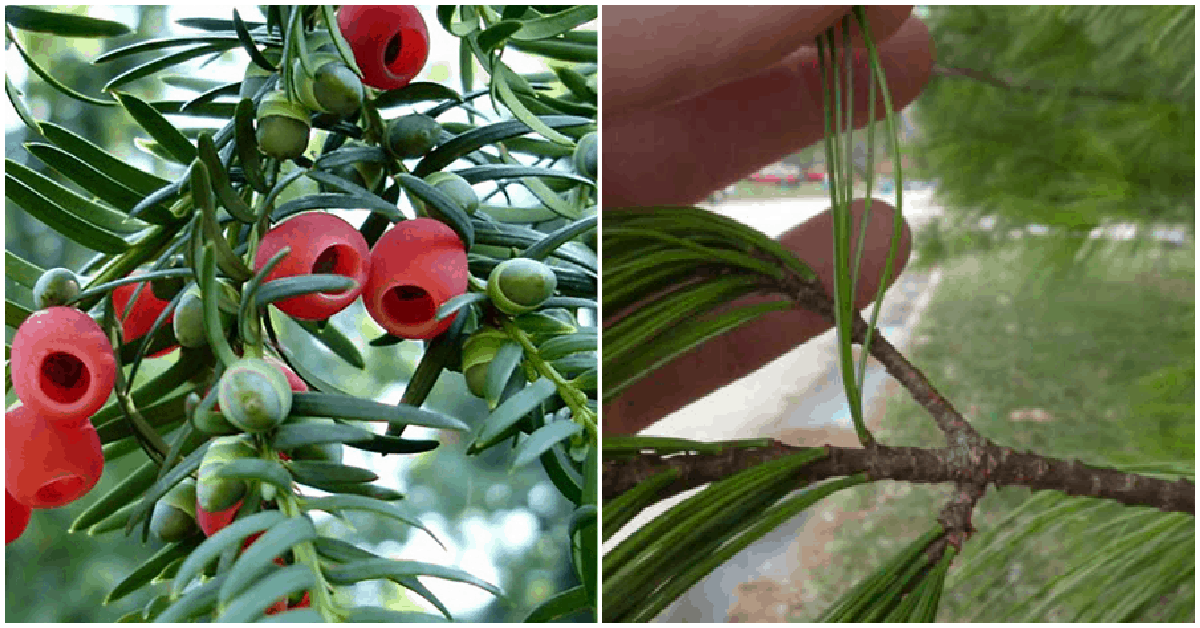
UNSAFE: Some of the most well known toxic varieties include the ponderosa pine, balsam fir, lodgepole, and Monterey pines. Avoid them. Do thorough research or acquire pine needles from a trained herbalist or natural medicine practitioner. [1] [2] There are also toxic imitators, such as the English Yew, Norfolk Island pine, and the Yew pine. These should never be used to brew pine needle tea.
IDENTIFY YOUR PINE – the National Audubon Society Field Guide has both an Eastern Edition and a Western Edition.
Harvesting Pine Needles and Making Tea
Now you’re ready to collect needles for your pine tea.
This shows just how easy it is to make pine needle tea. 3 minutes.
This is a wonderful chaga mushroom powder from wild birch trees.
Harvest needles from a tree that hasn’t been sprayed with chemicals, avoiding public parks or yards where homeowners spray their lawns with herbicides. If you’re foraging from your Christmas tree, make sure it wasn’t sprayed. Some commercial growers spray their Christmas trees.
Gather needles wisely, as the tree needs plenty of needles to stay healthy. Many foragers prefer the flavor of younger needles, which you’ll find toward the end of the branches.
You’ll get more flavor out of your pine needle tea if you chop the needles to help release their medicinal compounds. I also recommend making your tea too strong and diluting it rather than using too little pine and having a weak, tasteless tea you won’t want to drink.
Recipe For Pine Needle Tea
You simply need two ingredients: two cups (~16 ounces) of water and ½ cup (or a big handful) of fresh pine needles off the stem, rinsed.
- Chop or macerate the fresh needles into ½ to 1 inch pieces. Chopping will allow the medicinal compounds to be released into the tea more quickly.
- Bring water to a boil in a sauce pan, then turn off the heat.
- Immediately add the chopped needles (as in the video above). Do not boil the pine needles on the stove top or you will lose many of the medicinal compounds.
- Cover with a lid or a plate and let steep 10 to 15 minutes. You’ll see a change in color and the needles will sink to the bottom.
- Strain the needles off as you pour into cups or mugs.
- Some folks add a teaspoon or two of lemon or honey.
- Optional for its cholesterol and blood sugar-lowering capabilities: add 1-2 rounded teaspoons Chaga mushroom powder.
I find pine needle tea perfect on its own without sweetener, but if you prefer sweeter tea, add a little honey or other sweetener to taste.
These sellers on Etsy ship fresh and dried pine needles.
And just for fun, here’s a video if you want to try and make an effervescent brew from pine needles that tastes like Sprite. I hope to do this, too! 13 minutes:
.
Enjoy!
The Joys of Foraging: Edible Wild Free Food For You To Enjoy!
“The pine groves were God’s first temples.” ~poet William Cullen Bryant
“In all things of nature there is something of the marvelous.” ~Aristotle
***For the Full Spike Protein Protocol (including NAC) to protect from transmission from the “V” and to help those who took the “V”, go here.

Deep Roots At Home now has a PODCAST! We are covering everything from vaccines, parenting topics, alternative medicine. Head over today and like, share and download a few episodes! https://buff.ly/3KmTZZd
I’d love it if we can stay connected, and here is one way…
Censorship is real. My Pinterest account was just suspended; surprisingly, part of my main board is still available through this link, and it scrolls down a long way so all is not lost! BEWARE of the promotional ads in there! They are not placed by me. Pinterest now sells space in boards for these ads, and Temu is a scam. Do not click on them!
You can also find me on Instagram, MeWe, and Telegram.
And please join me for my FREE newsletter. Click here.
©2024 Deep Roots at Home • All Rights Reserved
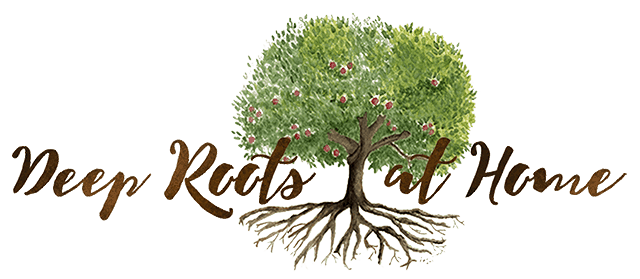



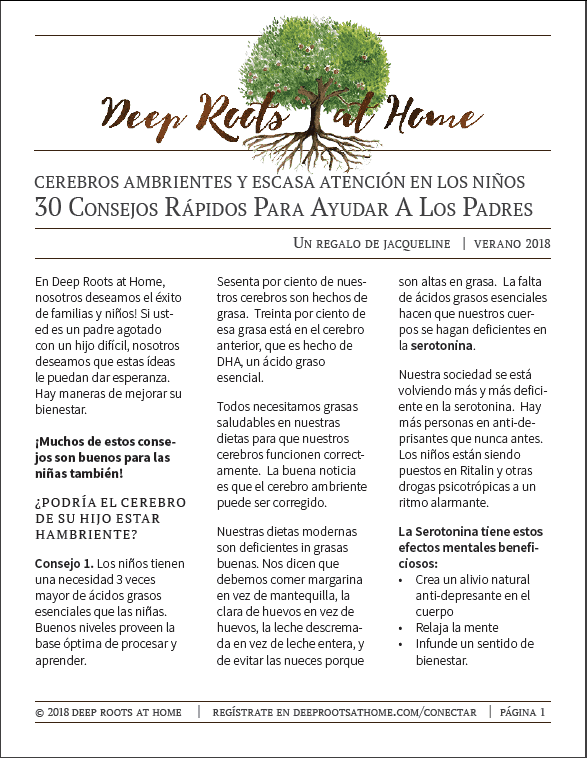

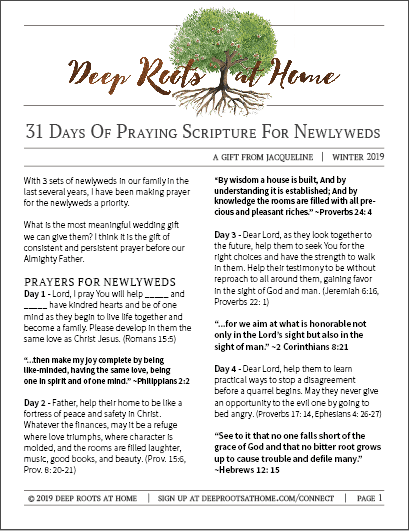
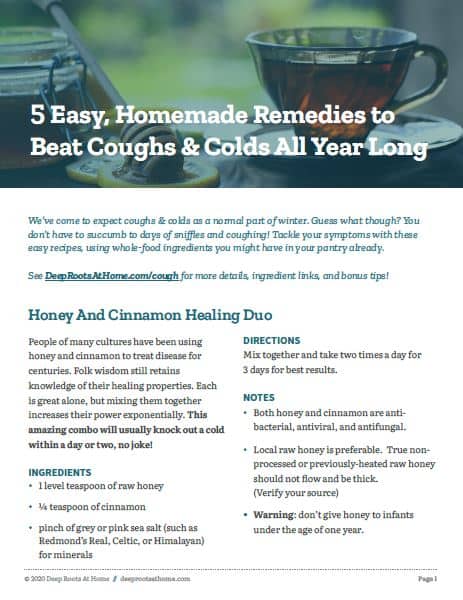
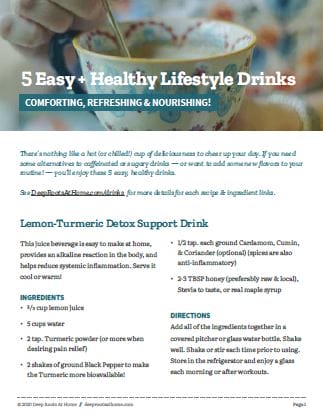
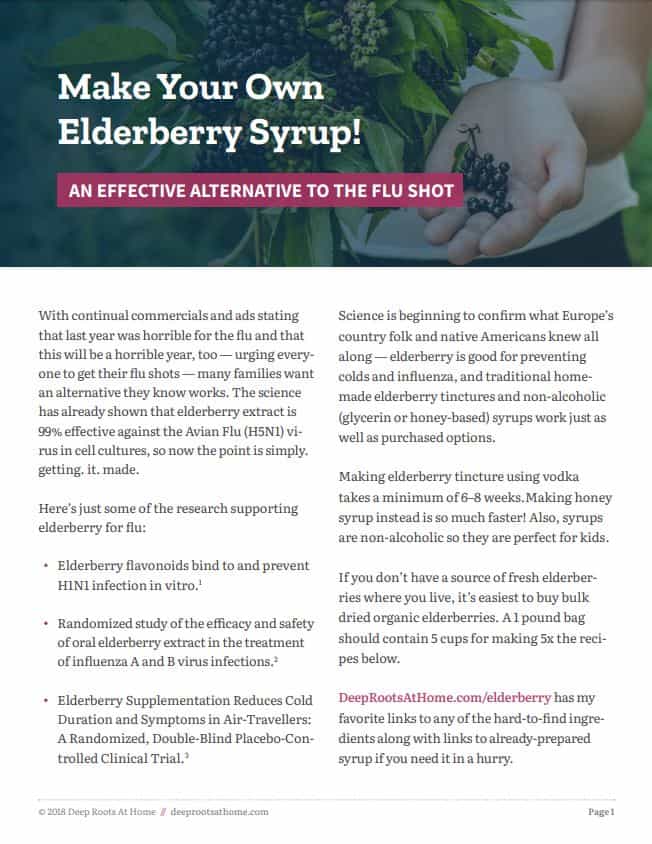
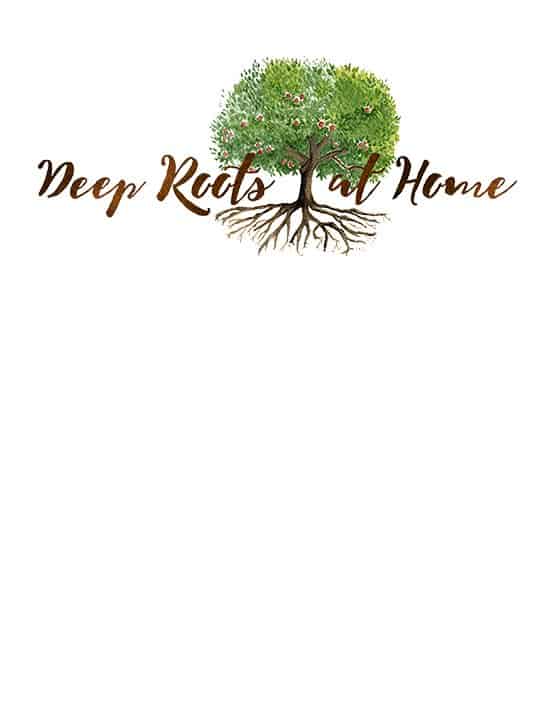
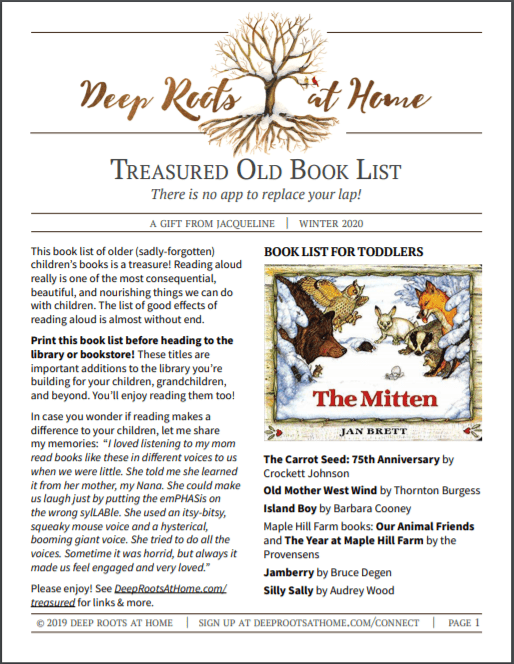




Related